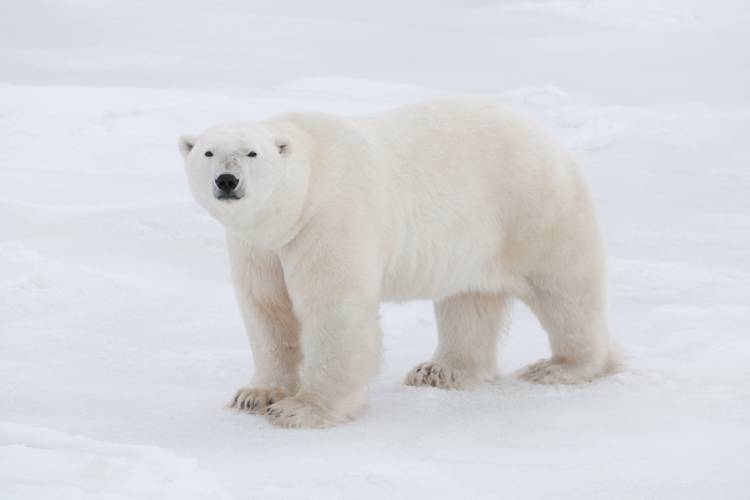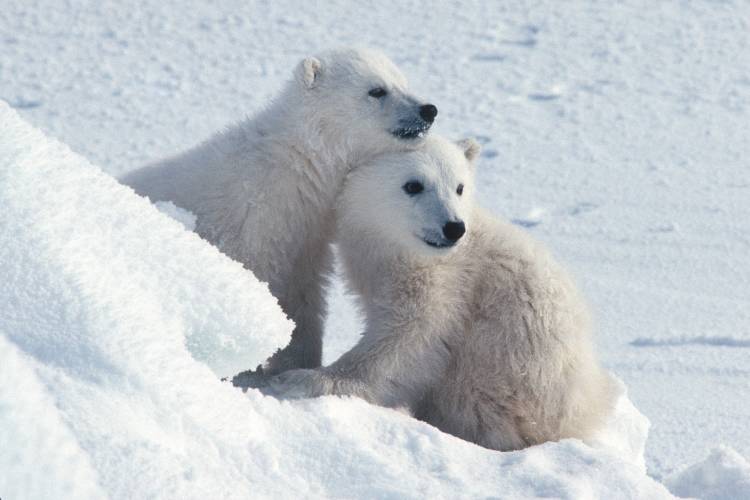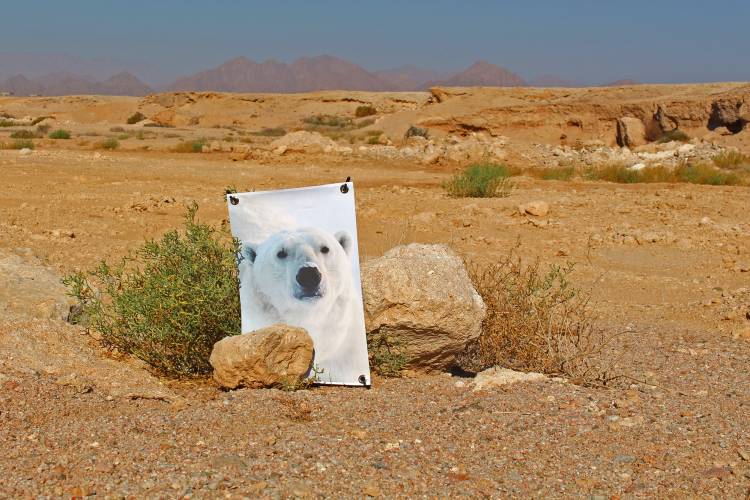Activity 5D: Apply
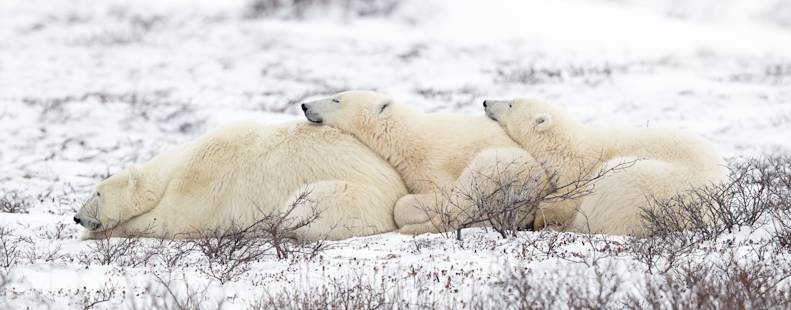
Photo: Tim Auer / Polar Bears International
Advocacy at Your Organization
Watch this video to see the core story of polar bears
What’s at stake?
Why it matters?
What can we do about it?
Then, take a moment to review our priorities for taking action on behalf of polar bears.
Tips & Tools for Making Your Advocacy Impactful
Implementing advocacy can be daunting, especially if you’re just starting out. Luckily, there’s no one-size-fits-all and advocacy can happen in many different ways!
Tiers of advocacy & engagement
Advocacy windows
While it’s important for advocacy to be an ongoing activity, it can often be most effective and efficient for organizations to take advantage of advocacy windows when they are open to push for positive policies. So, what is an advocacy window?
Advocacy windows are venues and moments where specific policies or platforms are being assessed, addressed, or voted on. Elections are the most clear-cut kind of advocacy window, when candidates with specific platforms and policy goals are being directly voted on. But openly supporting a specific candidate can be intimidating, and many institutions might choose to shy away from backing any one individual. Luckily, there’s a lot more that can be done.
An easy yet powerful advocacy window that zoos and aquaria can participate in alongside their guests and networks are calls for public comments. Governments—be they federal agencies, state legislatures, or local departments—will often open up opportunities for public comments on proposed rules, plans, regulations, and procedures. These are chances for all constituents—individual citizens and organizations alike—to voice their concerns and make them a part of the public record.
Let’s think about a hypothetical public comment for a regional land management plan that addresses endangered species, maybe even one that your organization has worked with in the past. Your institution can submit public comments supporting this plan and encouraging its adoption. You can even be detailed, maybe calling for specific additions like expanding conservation programs or funding for wildlife rehabilitation. Officials managing these policies read all public comments and take them into consideration before deciding on a policy's adoption and/or implementation. As cornerstones of our communities, zoos and aquaria carry weight behind their words. Public comments help throw that weight around.
Public comment periods are also moments where zoo guests and supporters can be likewise encouraged to submit their own public comments in support or in opposition to prospective policies. The more voices saying the same thing, the more likely it is for public officials to take action.
There are other advocacy windows beyond public comments, too. Ballot initiatives and other policies that citizens vote on like millages, referendums, amendments, and statutes are powerful moments where advocacy can matter. These are often less politically-charged contests than elections for public office that can still have huge impacts on our regions. While institutions might be hesitant to openly support political candidates, publicly backing ballot initiatives—and encouraging our communities to do the same—can make waves in our cities, counties, states, and more.
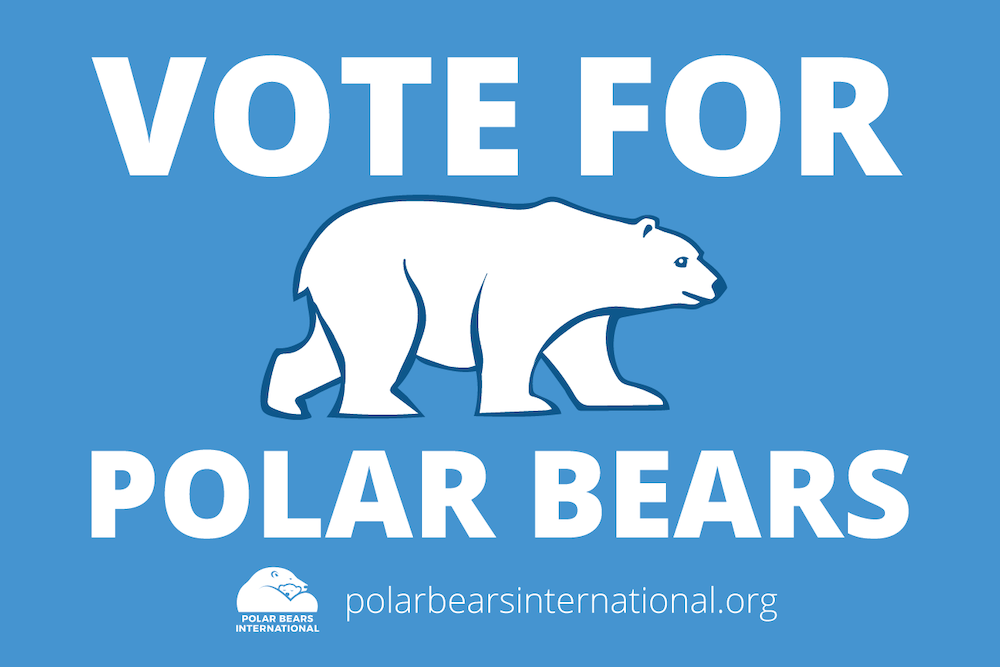
A final, important type of advocacy window upon which zoos and aquaria can have influence is proposed legislation or other policies in the works by our elected officials. Whether it's national congressional or parliamentary legislation, state or provincial legislation, or local rules and regulations, making our voices heard is important. Encouraging our communities to contact their elected officials in support or opposition of specific policies can help move the needle. Likewise, using our existing relationships with elected officials can also effect change behind the scenes.
Sometimes, raising awareness of an advocacy window is enough. Many folks do not regularly stay up-to-date on calls for public comments, ballot initiatives, and the like. By pointing to windows on social media and in programming, we can help our communities ensure their voices are heard.
Research
As trusted, scientific institutions, zoos and aquaria have a lot of legitimacy and trust with our guests and communities. It’s important, then, for us to ensure that the policies we advocate for are scientifically up to snuff. Before deciding whether or not to advocate, research the policy in question to determine if it will actually do what it claims it will while avoiding any unintended consequences.

That’s a big task, especially for those of us who aren’t full-time policy researchers! Luckily, that’s where our networks come in. Leaning on AZA partners to collectively determine policies’ details and impacts is an excellent way to crowdsource information. Likewise, leaning on other conservation partners with dedicated policy teams—like the World Wildlife Fund, Conservation International, The Nature Conservancy, Ocean Conservancy, and Polar Bears International (among many more)—builds further confidence.
Additional Tools:
Questions to consider:
Where does advocacy fit into your action plan?
Is advocacy part of your organization’s conservation strategy?
How can you navigate the politics in your region to do effective advocacy?
How can you find out what climate policy efforts are underway at the state and national level?
Photo: Emily Ringer / Polar Bears International

Advocacy Toolkit
We’ve gathered our resources to create an advocacy toolkit for polar bears and climate action. Please review it, bookmark it on your computer and start to think about if/how you would like to include advocacy into your action plan.
Additional Reading
While we emphasize the need for policy changes and community action, we also talk about the collective power of individuals to help change social norms and galvanize public support for meaningful action on climate warming.
… increasing public support
could spur climate policies in many countries,
which could catalyze the deployment of clean technologies,
which could drive down their costs,
which could further increase public support,
… and so on in a cascading positive feedback effect.
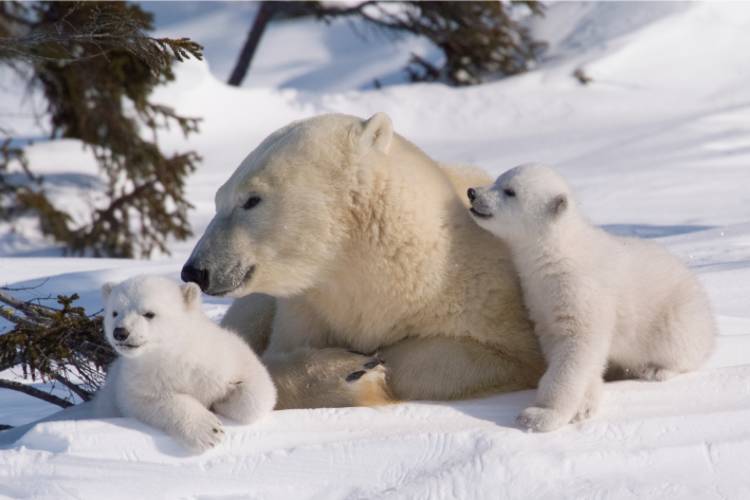
Back
Go back to the course homepage.
